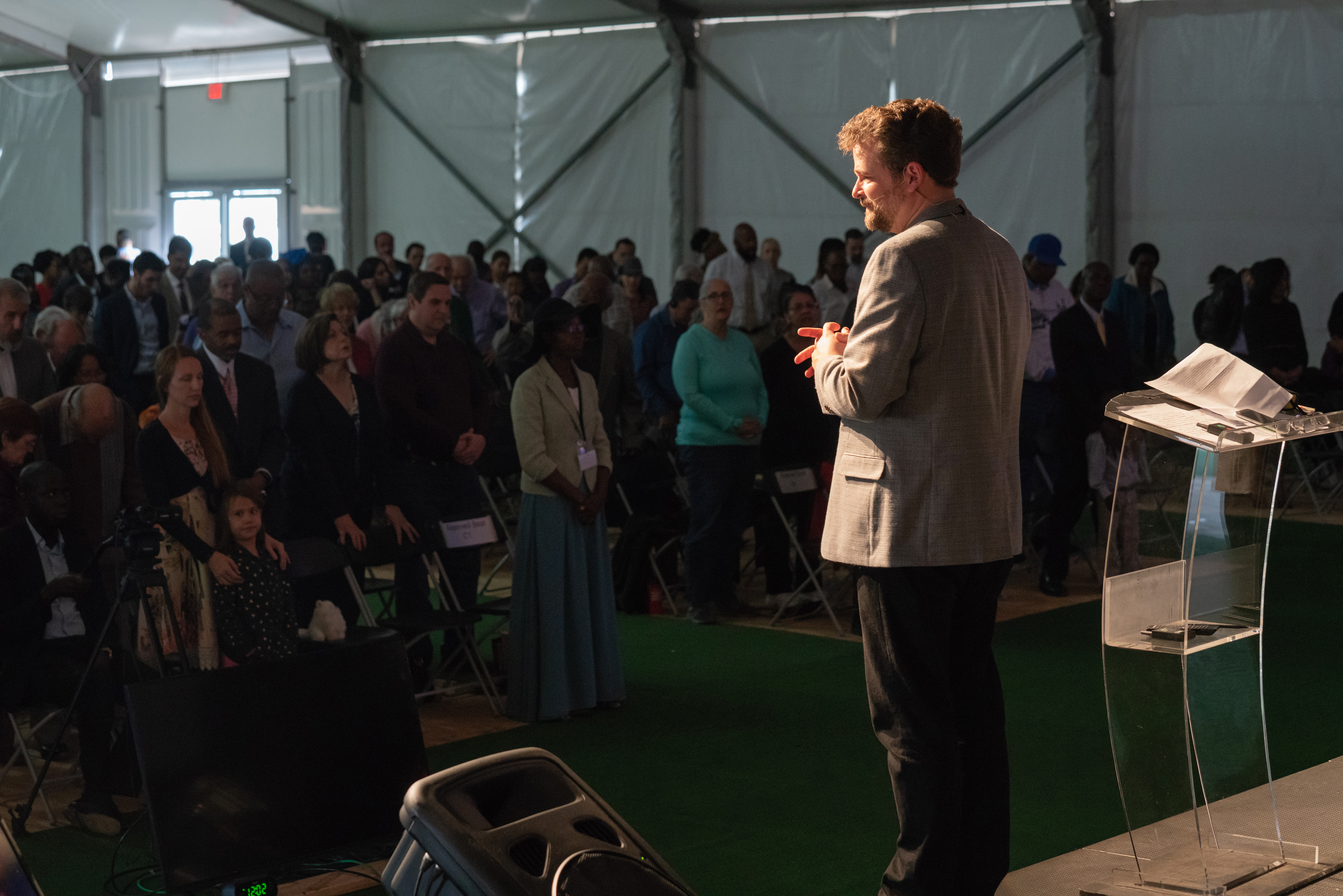
Resume of Failures
The other night I slumped down on the couch and mindlessly scrolled through my social media feed. That night, it looked like the creation of a public relations (PR) genius—all my friends seemed to be celebrating, traveling or otherwise luxuriating. My head pulsed with a headache caused by the day’s stresses and I glanced down at my dinner-stained t-shirt and sighed. In that moment, I felt like a failure and it was lonely.
Our modern world has magnified a timeless problem—our individual failures make us feel isolated and alone. I hear a lot of talk about the need for transparency, but I know very few people who willingly admit their failures to friends and colleagues. I don’t know any who would willingly broadcast them to the world. Our social media profiles are great examples of this. I think that is why a Princeton professor’s recent tweet of his curriculum vitae (CV), or resume, of failures has garnered so much attention and spurred the hashtag #cvoffailures.
When a friend faced a career setback, Johannes Haushofer, a professor at Princeton University, offered encouragement. He created a CV of his academic failures—an idea that wasn’t original to him, but he got it from Melanie Stefan. Haushofer listed the degree programs he didn’t get into, the academic positions he didn’t get and the awards and scholarships he failed to win. The list didn’t stop there! He listed his paper rejections from academic journals and the research funding he did not secure.
Haushofer’s friend was encouraged by seeing this “invisible” side of a CV. So, a few weeks ago, Haushofer tweeted it, sharing it with the world. His motivation? To encourage young academics and researchers to not feel discouraged by setbacks. Glowing resumes are just one part of any successful person’s journey—and often the smallest part.
I’m not inspired to write my own CV of failures. I don’t really have to. I have a running list locked in my memory bank that goes back many, many years. There are a few stand-out failures that rise in bold lettering in that mental list. I haven’t shared that list with many people in my life; it really is the invisible side of any successful CV I could write. And it is pages and pages longer.
I know that I’m not alone. That is why Haushofer’s exercise has received so much interest. We all carry around lists of failures and the reading of these lists can be lonely and isolating. We look around us and imagine our colleague or sibling’s real life actually matches their social media profiles.
Our unwillingness to share our failures paints a false picture of reality. Recently, I spoke at a women’s retreat in Pennsylvania, and as a treat, my host took me to Hershey, Pennsylvania. Riding the trolley through town, I admired the “kiss”-shaped street lights and learned a little about Milton Hershey. Before his chocolate company vaulted to success, Hershey had a string of business and financial failures. His story is not unusual. Successful men and women like Walt Disney, R. H. Macy, Lucille Ball and Winston Churchill endured multiple failures before they achieved the successes for which they are remembered.
Transparency can be terrifying, but admitting our failures can break down our walls of isolation and make us all more accessible to each other. Our social media lives may retain some of their PR spin, but when we realize everyone else’s do too, that makes the world just a little less lonely.



